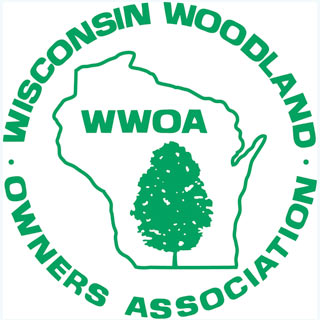Growing Your Legacy
As a passionate woodland owner, you’ve placed much time and effort into the care of your woodlands, but who will continue that legacy? It can be challenging to plan for something that will continue to exist beyond our lifetimes. If you have a next generation you are hoping to pass your land to, are they aware of your wishes? Are they interested? Maybe you’re unsure of their feelings towards the land. WWOA is helping you discover the resources you need, and likely already have, to assist you in answering these questions.
Print off the Growing Your Legacy Brochure for a quick reference to some of the ideas listed here.
-
Generational Differences
-
Rooted by Memories
-
Building the Relationship
-
Helpful Hints
-
Incorporating Their Interests
-
The Forest as a Playground
-
Making Work Days Fun
-
Staying Safe
-
Additional Tools and Resources
Generational Differences
Understanding generational differences that may exist between you and your next generation can help you successfully communicate with them and keep them engaged with your land and interests. The younger generations have grown up with the internet and technology as easily accessible tools to them, and so it is part of their “normal” life. Forbes describes the Millennial and Post-Millennial generations as social; enjoying collaboration and cooperation. They look for adventure, expect variety, and are focused on getting things done now.
These differences shouldn’t be a barrier to communication, though. Recognize that the listed characteristics are generalizations, but can be helpful in understanding the mindset of today’s youth. Utilize these differences as tools to learn with your next generation and create a special bond between you both.
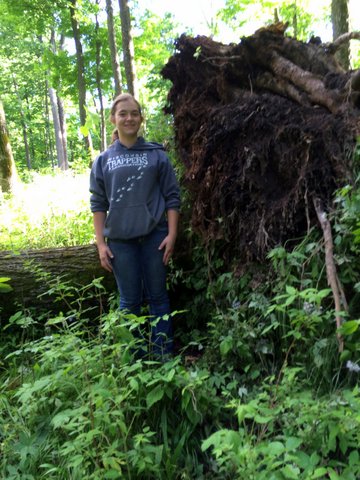
Rooted by Memories
Ask yourself, how did you become interested in your woodlands? What were some of your favorite activities to do in the woods as you were growing up? Oftentimes, the things you enjoy doing on your property are the same things that your next generation will enjoy. Just think back to the reasons that you decided to own land and share those experiences with your next generation.
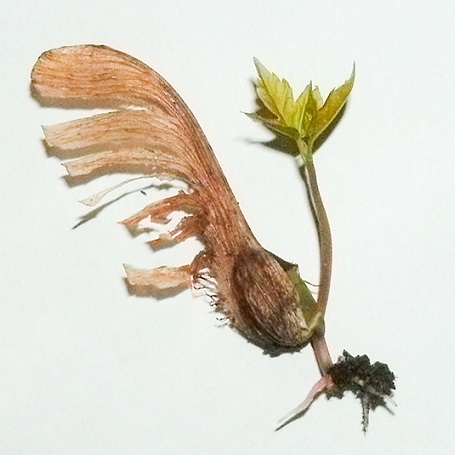
Wear comfortable clothing for the weather and type of activity you’re doing to make the day fun and safe.
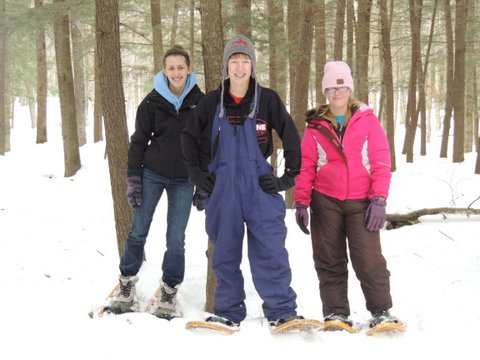
Building the Relationship
ACER is the genus of Maple trees. Like trees, it takes time and resources to grow a relationship between the next generation and your woodlands. Start small, and follow these guidelines to help keep the relationship strong and growing.
Wear comfortable clothing for the weather and type of activity you’re doing to make the day fun and safe.
Awareness. Share stories and photos of your land with them and spend time making new memories together.
Comfort. Ensure appropriate clothing is worn for conditions. Enjoy simple, fun activities. Treat the woods as an open area to spend with loved ones.
Experience. Help them incorporate their interests into the time they spend in the woods. Use words like “our” and “we” to assign collective ownership and responsibility.
Relation. As their interest matures, include them in conversations and be open to listening to their ideas about the land.
Helpful Hints
- The best time to start is yesterday! It’s never too early to get your next generation in the woods; early and often exposure is key to sparking their interest.
- Ask questions and answer them – your woodlands are a classroom and you know more than you realize. If they ask a question you don’t know the answer to, find the answer together when you come inside using reference books or the internet.
- Guide their curiosity by pointing out and discussing various forest features and phenomena with them. Discover rotting logs, turnover rocks, dig into the soil, etc.
- Don’t be exclusive when planning activities; you never know who will take interest in what, so be sure to let everyone try new activities. You may be surprised at what you learn!
- Make sure your work or play environment is a safe environment! Always wear personal protective equipment when needed and use the buddy system when exploring, especially in the dark.
- Host annual gatherings, throughout the year, to enjoy seasonal changes together.
- Use the My Land Handbook as a tool to communicate with your next generation about your land and its history.
- Use the Heirloom Scale produced by Oregon State University – Ties to the Land Program to assess your family’s values concerning the land.
- Learn their interests and help to incorporate them into their woodland experiences – it’s easier than you think!
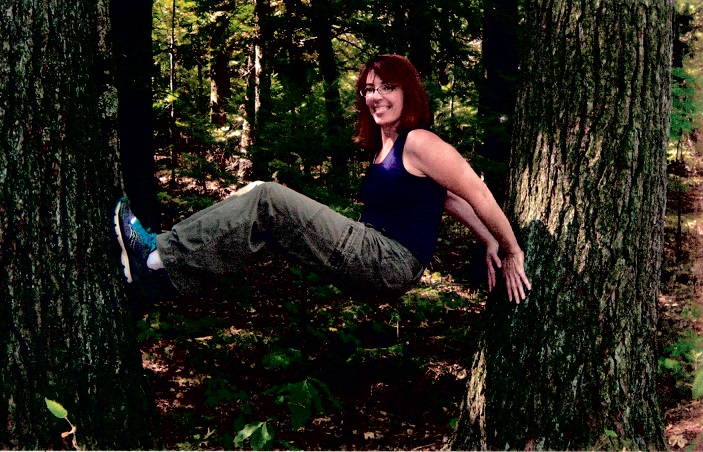
Incorporating their Interests
What does your next generation enjoy? What skill sets and talents do they have? It’s easier to incorporate their interests into your woodlands than you think! Here are some examples from real members on how they appealed to their next generation’s interests:
- Math: A family member decided to compile all of the numbers from the past on our family’s hunting and forest management history and wrote a brief book with graphs, statistics, maps, and records on timber volumes harvested, trees planted, weights of deer harvested, who harvested the biggest buck, etc.
- Simplify this idea: Count how many birds you see on a walk and write it in a journal each time, discussing why the numbers might be different in various seasons or stands.
- Crafting: After Thanksgiving each year, our family gets together on our property to make holiday wreaths of boughs cut from our woodlands. Throughout the year, the grandkids wander throughout the land, collecting items they can use in their own crafts, such as twigs, cones, feathers, and leaves.
- Expand this idea: There are countless environmental education resources that have been published online and in books that offer ideas for incorporating natural items into kid or adult friendly crafts.
- Electronics/Video Games: There are various environmental education apps available for download onto smartphones and tablets that focus on plant and bird identification. Use this as a tool to bridge the gap between technology and your woodlands.
- Simplify this idea: Take a walk with a camera and give it to your next generation to use. See the world through their eyes! Encourage them to take pictures of whatever they find interesting. With digital cameras, kids can take as many pictures as they’d like without cost and no internet is needed.
- Baking: Mom always made “camp cake” for us when we went on camping trips in the woods. It was the only time of year we got to enjoy the amazing, delicious, one of a kind treat! No matter what was going on, you could count on everyone looking forward to dessert!
- Expand this idea: Have a special homemade treat to celebrate work days, creating a fun tradition unique to your family.
- Writing: An open journal was kept in the cabin/shed. Every time someone visited the land, they could write down whatever they wanted; something they saw in the forest, what the weather was like, what they did, how they were feeling, etc. and the journal was kept so all could look back on it and see what was written years ago, recalling some of those special memories
- Expand this idea: Encourage your next generation to keep their own journal that they can write, draw, and press leaves in. If they don’t live on the property, it’s a way for them to take a piece of the forest with them when they are away.
The Forest as a Playground
The forest is ripe with opportunities to play and learn, no matter the time of year or time of day. Engage in some of these simple activities to experience your woodlands in a new way, year round.
- Plan a treasure/scavenger hunt for natural features or hide specific items. For scavenger ideas, click here.kristinameier3
- Press/rub leaves
- Name different landmarks (trails, rocks, trees, creeks, etc.)
- Build forts
- Take a family walk
- Keep a nature collection
- Write in a nature journal
- Make crafts with twigs, leaves, rocks, etc. Try this craft: The Journey Stick.
- Explore and describe the woods with all 5 senses
- Hunt, fish, or trap – set up stands/piers
- Set up a range for archery or paintball/airsoft guns
- Track animals
- Ride on bikes or horses
- Ride ATVs or snowmobiles
- Take photographs
- Scrapbook memories from the woods
- Install and check trail/game cameras
- Work with compasses/GPS unit/Smartphone
- Look for antler sheds
- Create a wood working project such as a bird house
- Campfires (per Smokey Bear’s guidelines)
- Camping
- Winter activities (snowshoeing, sledding, cross country skiing, etc.)
- Tree climbing
- Bird watching/listening
- Tapping for Maple syrup
- Plant identification using a book, phone app, or online resource
- Read outdoor themed books
- Build and utilize a bench
- Plant trees, shrubs or wildflowers
- Watch for wildlife
- Gather wild foods and prepare a dish
- Watch the sunrise or sunset
- Stargaze
- Go on full moon night hike or use a headlamps (red lights reduce interference with wildlife viewing)
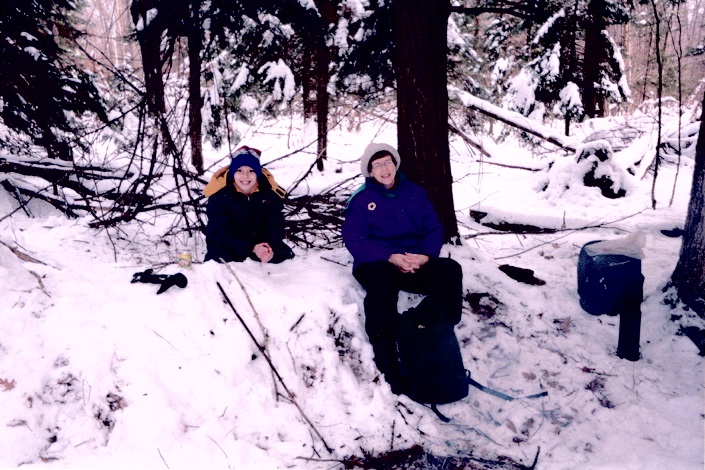
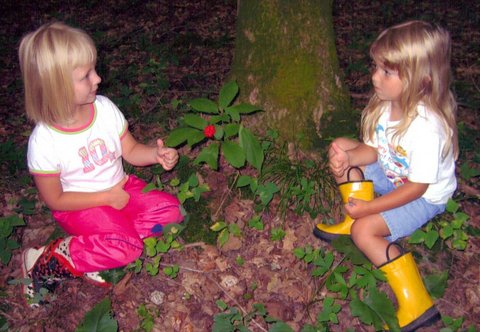
Making Work Days Fun!
If work days are the typical times your next generation visits your land, ensure they are a positive experience. Try these tips!
- Treat work cloths and personal protective equipment as fun and “fashionable”
- Teach them new skills with new tools
- Explain the value/purpose of the work that you’re doing (ex: the wood you cut today, heats the home tomorrow)
- Include some games/challenges into the day (who can clear the most brush, how many birds do you see, etc.)
- Schedule breaks into the day for fun and rest, and be sure to eat plenty of food and water
- Treat everyone afterwards with a delicious meal, ice cream, hot cocoa, etc.
- Take before and after pictures to demonstrate the difference everyone’s work makes
- Try to ensure everyone is assigned a task that is interesting to them or uses their skill set
- Include a “fun” activity into the afternoon so that the whole day isn’t work focused
- Create your own work day traditions! Try tying in some activities from above such as camping overnight, hosting a scavenger hunt, etc.
Take time to enjoy a campfire!
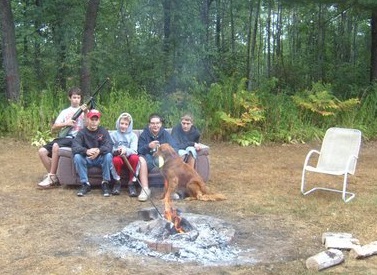
Staying Safe
Safety should always be the number one rule when spending time in your woodlands. Teach your next generations how to stay safe while enjoying the whimsy of the outdoors. Refer to this comprehensive guide of Outdoor Hazards in Wisconsin for more details.
- Show and explain to them what the basic hazards of your woodlands are, such as dead branches, poison ivy, fruiting berries, stinging insects, etc., and how to handle encounters with them
- Wear the right amount of clothing for the weather
- Drink plenty of water and eat enough snacks to keep energized
- Learn, practice, and teach the ABCs of tick season and remember to always check for ticks when you are done
- Tuck in clothing at openings to prevent ticks from reaching the skin
- When using heavy equipment, wear associated safety gear (safety glasses, helmet, chaps, gloves, etc.) and always work with another person
- Light and bright clothing makes it easier to see young children in the woods and to spot ticks
- Establish any rules early on, before you head out into the woods to make exploring a safe and fun adventure
Additional Tools and Resources
- American Forest Foundation
- Discover Life Identification Guide (Plants, Fungi, Animals, etc.)
- EEK! Environmental Education for Kids by the WI DNR
- Into the Outdoors (videos)
- LEAF – Wisconsin’s K-12 Forestry Education Program
- Michigan Forests Forever
- Minnesota DNR – Just for Kids
- My Woodlot
- Project Learning Tree
- Schmeeckle Reserve (UWSP)- (videos)
- Ties to the Land – OSU
- Trees for Tomorrow
- USFS: Education tools for Kids
- USFS Smokey Bear for Kids
- Wisconsin Science and Nature Centers
- Wisconsin Nature Centers Collaborative
- WWOA Gift Shop (Various field guides, activity books, and leisure books available)
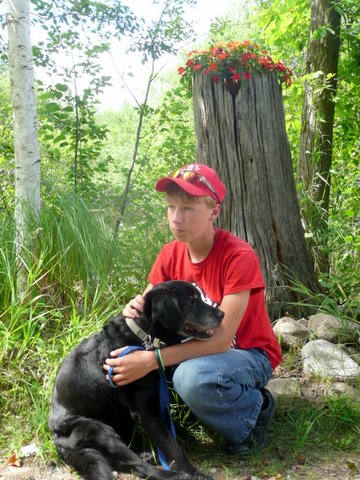
Acknowledgements
The Wisconsin Woodland Owners Association extends a thank you to all who came together to make the Growing Your Legacy webpage and brochure possible.
Produced under a 2016 grant from the Wisconsin Environmental Education Board.
Contributions of text and content by Marshfield Clinic AmeriCorps member Anastasia Wolf-Flasch, Jack Bazile, Merlin Becker, Nancy Bozek, Ev Charlson, Roxanne Erickson, Jonathon Fox, Kristina Meier, Gary Pochron, Kurt & Gloria Schuh, Richard and Kathy Wagner, Rich Warosh, and Dan Wilson.
Photo contributions made by Amy and Jack Bazile, Merlin Becker, Kristina and Marv Meier, Kurt and Gloria Schuh, and Richard Wagner.
